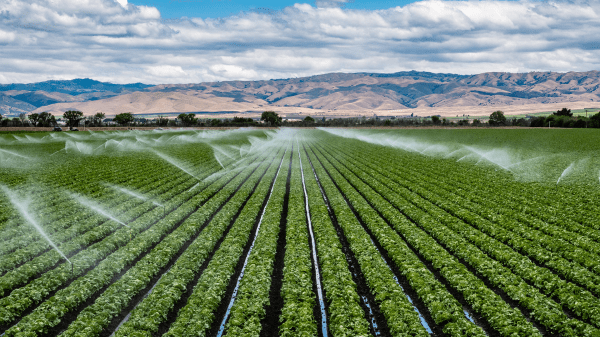Groundwater depletion has been an acknowledged fact in California for decades, but for a long time it was stuffed into a thick file labeled “Something Somebody Oughta Do Something About Sometime.”
That changed forever in 2014, when the Sustainable Groundwater Management Act was passed by the state government. SGMA (pronounced sigma) has a goal of groundwater sustainability by 2040.

That means less water pumped out of the ground, and in many parts of state, that will mean less agriculture. Estimates of the amount of land that will have to be fallowed range up to 900,000 or 1 million acres.
I had a conversation with Caitlyn Peterson, associate director and research fellow of the Water Policy Center of the Public Policy Institute of California, that threw some new light on the groundwater situation.
Up to recently, groundwater management was mainly seen as a matter of preventing damage (depleted supplies, groundwater subsidence). But Peterson indicates that the state’s underground aquifers could be used to solve another problem: water storage.
The construction of the great dams and reservoirs built in the middle of the last century isn’t likely to be repeated on any large scale, she notes, largely because “we have already built dams in every location where it’s geologically and environmentally possible.” Even apart from environmental concerns, such projects are “not possible without going to more trouble than makes sense.”


Adding aboveground capacity is not nearly as desirable as underground storage, since, as Peterson notes, “there is a lot of room in our aquifers, which are over pumped.”
California governor Gavin Newsom implemented a form of this storage in March when he authorized the use of some 790,000 acre-feet of water from this season’s deluge for groundwater recharge.
Peterson adds that there is an “infrastructure challenge” to “get water from where it is to where it needs to be stored.” Newsom’s order mandated the use of existing infrastructure to put the water into the aquifers, but that was a solution for this season only.
Even so, using excess water from wet years to replenish groundwater is a simple and elegant solution that could keep more acreage in production. Of course, most of that depends on how many wet years California sees between now and 2040.



